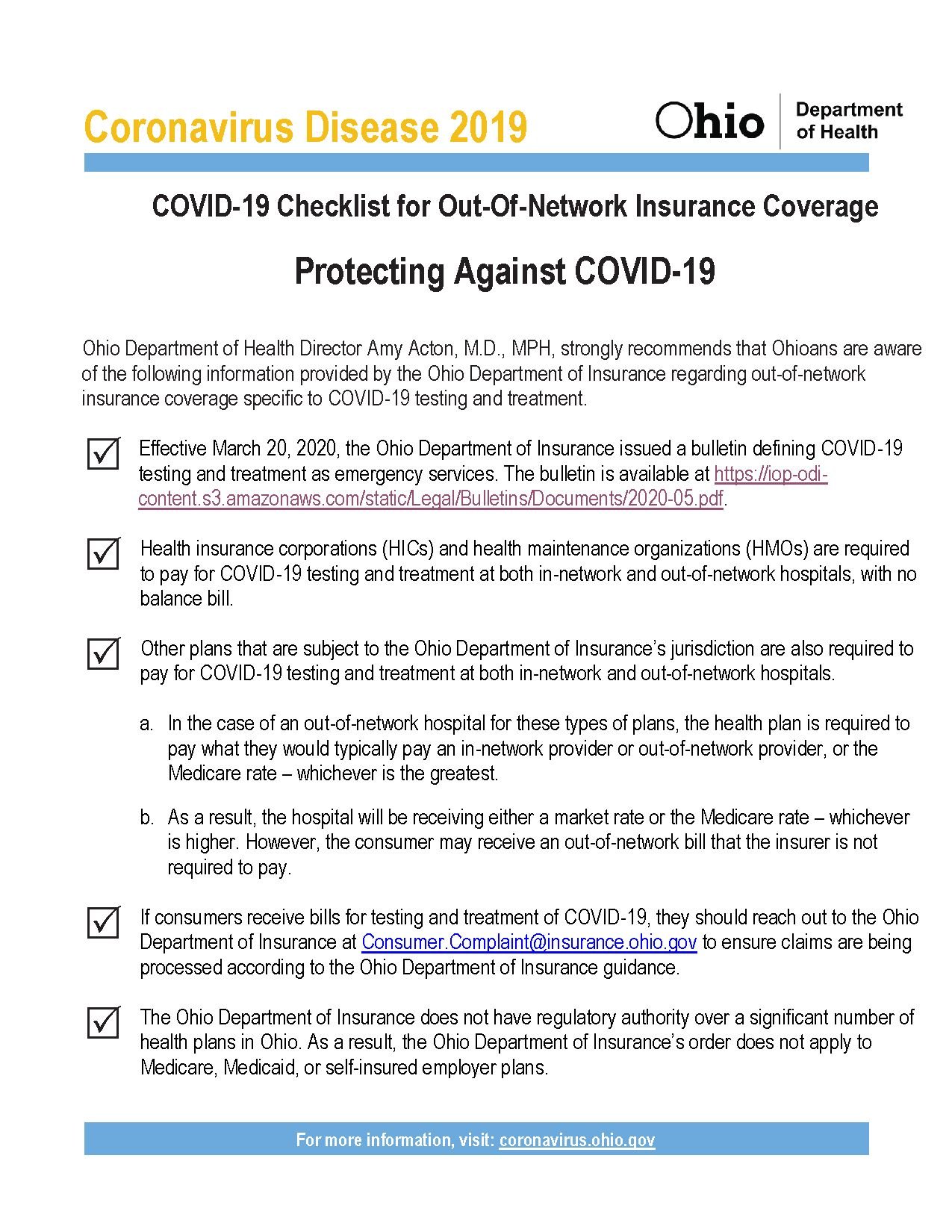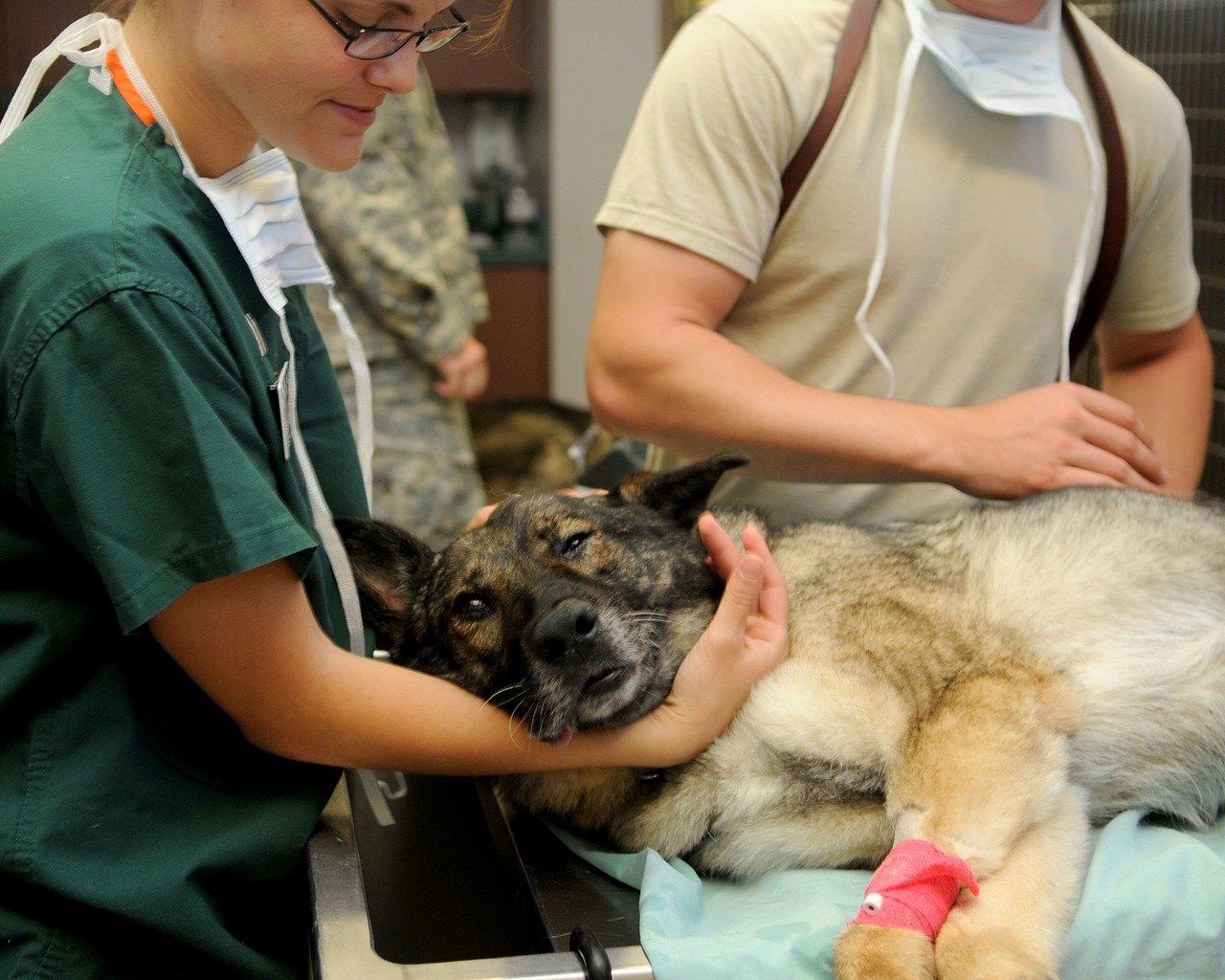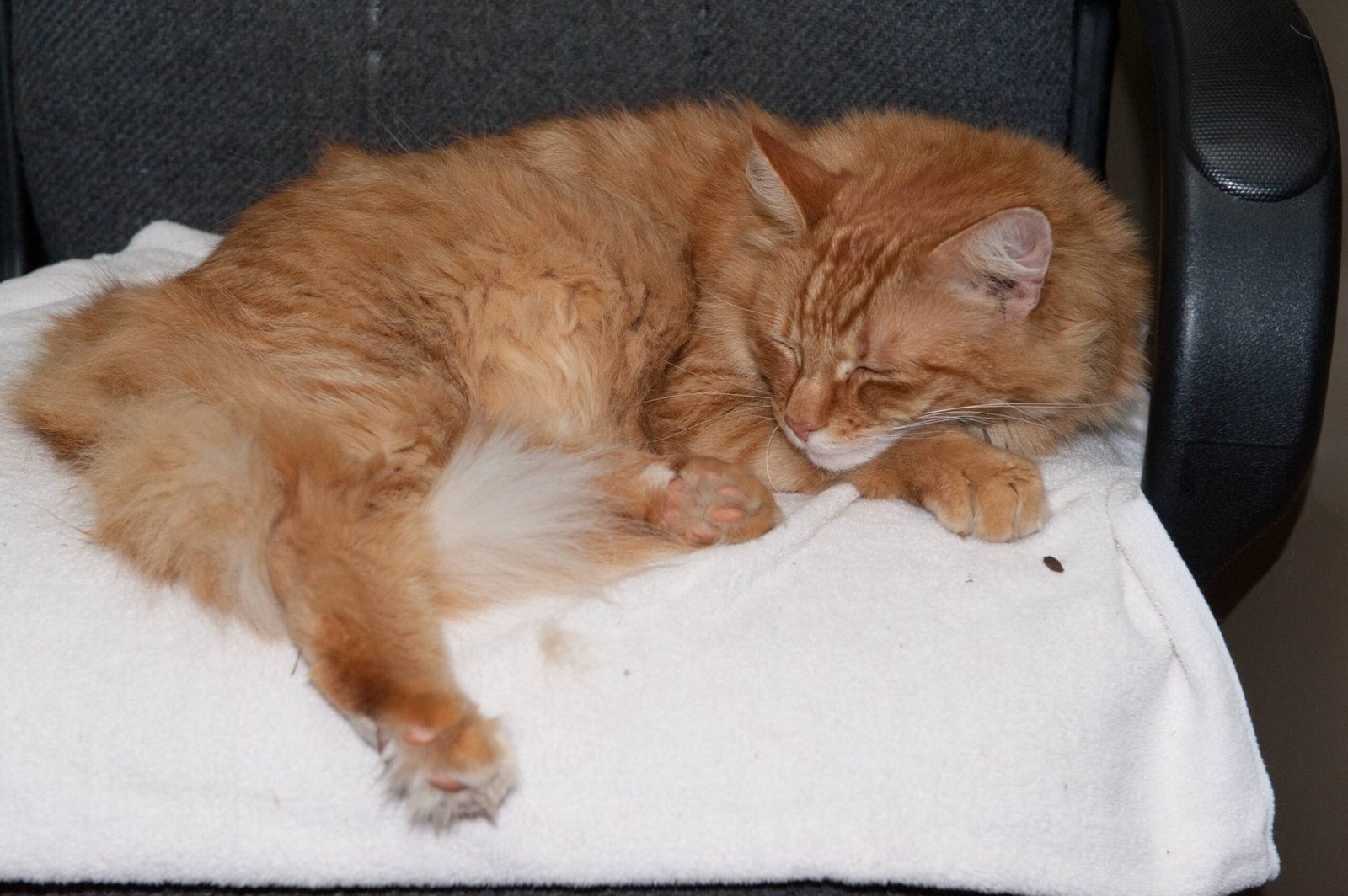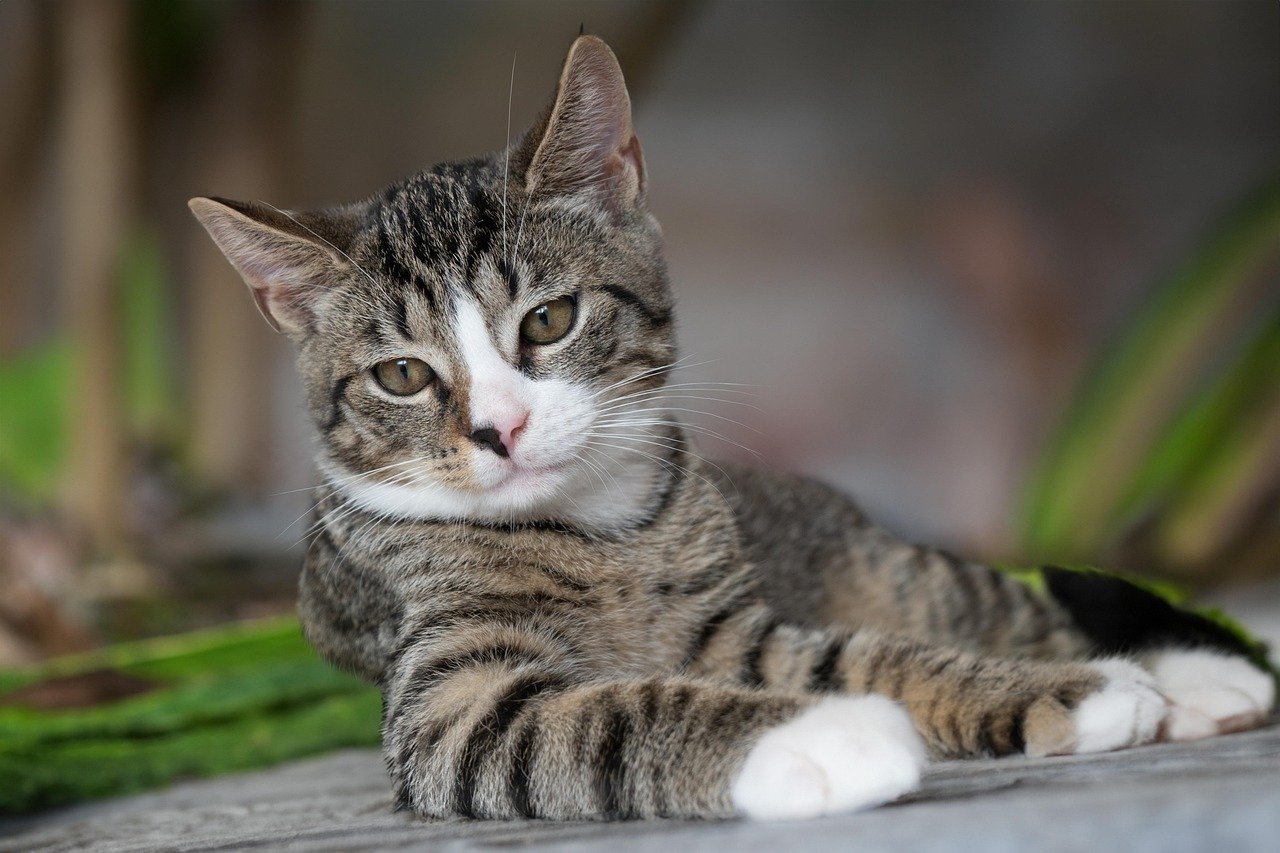Choosing the best health insurance plan for your cat can feel like a daunting task. With so many options available and so many factors to consider, it’s easy to feel overwhelmed. But worry not, as this guide is here to help you navigate through the maze of insurance plans and find the one that best suits your furry friend. Cats, much like humans, deserve the best care possible, and providing them with the right insurance can make a world of difference in their lives. Let’s delve into what you need to know to make an informed decision.
Understanding the Basics of Pet Insurance
Pet insurance is essentially a safety net that covers unexpected veterinary costs. Just like human health insurance, it helps in managing the financial burden of unexpected medical expenses. Understanding the basic components of pet insurance is crucial. Typically, a policy will cover accidents, illnesses, and sometimes routine care. These components are key in ensuring that your cat gets the necessary medical attention without a hefty price tag. It’s like having an umbrella on a rainy day; you may not need it every day, but when you do, it’s invaluable.
Why Your Cat Needs Health Insurance
Cats are curious creatures, often getting themselves into situations that could lead to injuries or illnesses. Health insurance for your cat ensures you are prepared for unexpected veterinary visits. It provides peace of mind knowing that you can afford the best care for your beloved pet in times of need. Additionally, with rising veterinary costs, having insurance means you won’t have to compromise on the quality of care due to financial constraints. Think of it as a safety net that allows you to focus on your cat’s well-being without worrying about the cost.
Types of Plans Available for Cats

There are several types of pet insurance plans available, each catering to different needs. The most common types include accident-only plans, accident and illness plans, and wellness plans. Accident-only plans cover injuries resulting from unexpected events, while accident and illness plans cover a broader spectrum, including diseases and chronic conditions. Wellness plans, on the other hand, focus on routine care such as vaccinations and check-ups. Understanding the differences between these plans can help you decide which coverage is most suitable for your cat’s lifestyle and health needs.
Evaluating Your Cat’s Specific Needs
Every cat is unique, and their insurance needs can vary greatly based on factors such as age, breed, and health history. For instance, certain breeds are predisposed to specific health issues, which might require more comprehensive coverage. Similarly, older cats may benefit more from plans that cover chronic illnesses. Evaluating your cat’s specific needs ensures that you choose a plan that provides adequate coverage for their current and future health requirements. It’s like tailoring a suit; the better it fits, the more comfortable and beneficial it will be.
Comparing Different Insurance Providers
With numerous insurance providers in the market, comparing them is crucial in finding the best fit for your cat. Factors to consider include the provider’s reputation, customer service, and the range of coverage options available. Reading reviews and seeking recommendations can provide valuable insights into the reliability of a provider. Additionally, consider the ease of filing claims and the transparency of the terms and conditions. A good provider will offer clear and comprehensive information, making it easier for you to make an informed decision.
Understanding Policy Terms and Conditions

Insurance policies can often be filled with jargon that may be hard to understand. It’s important to thoroughly read and comprehend the terms and conditions of a policy before committing. Pay close attention to exclusions, waiting periods, and coverage limits. Knowing these details helps you avoid any unpleasant surprises when you need to make a claim. Think of it as reading a map before embarking on a journey; understanding the route ensures a smoother and more predictable experience.
Budgeting for Your Cat’s Insurance

Budgeting is a crucial step in choosing the right insurance plan. Premiums can vary widely based on the level of coverage and the provider. It’s essential to find a balance between the coverage your cat needs and what you can afford. Consider not only the monthly premiums but also deductibles and co-payments. A well-planned budget ensures that you can maintain the insurance over the long term, providing continuous protection for your cat.
Considering the Age and Breed of Your Cat
The age and breed of your cat can significantly impact the type of insurance plan you choose. Younger cats might not need as extensive coverage as older cats, who may face age-related health issues. Similarly, certain breeds are more prone to specific conditions, which might require specialized coverage. Understanding these factors will guide you in selecting a plan that offers the best protection for your cat’s specific circumstances.
Exploring Additional Benefits and Riders
Some insurance plans offer additional benefits or riders that can enhance your cat’s coverage. These may include coverage for alternative therapies, behavioral treatments, or even travel insurance. Exploring these options can provide a more comprehensive safety net for your cat. It’s like adding extra features to a car; they may not be essential, but they can significantly enhance the experience and value.
Assessing the Claim Process
The ease of the claim process is an important consideration when choosing an insurance plan. A straightforward and hassle-free process ensures that you can quickly get reimbursed for veterinary expenses. Look for providers that offer online claim submission and have a reputation for prompt payments. A smooth claim process reduces stress during emergencies, allowing you to focus on your cat’s recovery.
Checking for Exclusions and Limitations
Every insurance policy comes with exclusions and limitations that dictate what is not covered. Common exclusions include pre-existing conditions, certain hereditary diseases, and specific treatments. Understanding these limitations is crucial to avoid disappointment when filing a claim. It’s like knowing the boundaries of a game; understanding the rules ensures a more enjoyable and predictable experience.
Considering Multi-pet Discounts
If you have more than one pet, consider insurance providers that offer multi-pet discounts. These discounts can significantly reduce the overall cost of insuring multiple pets. It’s a great way to ensure all your furry friends are covered without breaking the bank. Think of it as buying in bulk; the more you include, the more you save.
Evaluating Customer Reviews and Ratings
Customer reviews and ratings provide valuable insights into the experiences of other pet owners with a particular insurance provider. Evaluating these reviews can help you gauge the provider’s reliability, customer service, and claims process. Look for patterns in the feedback to identify any consistent issues or highlights. It’s like reading reviews before buying a product; informed decisions lead to greater satisfaction.
Consulting Your Veterinarian

Veterinarians can be an invaluable resource when choosing a health insurance plan for your cat. They have firsthand experience with various insurance providers and can offer recommendations based on their professional insights. Consulting your vet ensures that you choose a plan that aligns with your cat’s health needs and lifestyle. It’s like asking a trusted friend for advice; their expertise can guide you in making a more informed decision.
Understanding the Importance of Lifetime Coverage
Lifetime coverage ensures that your cat is protected throughout their entire life, regardless of age or health changes. This type of coverage is crucial for older cats or those with chronic conditions, as it guarantees continuous protection without the risk of policy cancellation. Understanding the importance of lifetime coverage helps you provide long-term security for your cat’s health needs.
Checking for Hidden Costs

When evaluating insurance plans, be aware of any hidden costs that might not be immediately apparent. These can include administrative fees, annual increases in premiums, or additional charges for certain treatments. Understanding the full cost of a policy ensures that you are not caught off guard by unexpected expenses. It’s like reading the fine print in a contract; knowing the details prevents unwelcome surprises.
Exploring Wellness Plans

Wellness plans are an excellent option for covering routine care such as vaccinations, dental cleanings, and annual check-ups. These plans focus on preventative care, ensuring your cat remains healthy and happy. Exploring wellness plans can complement a traditional insurance policy, providing comprehensive coverage for both routine and unexpected needs. It’s like having a maintenance plan for your car; regular check-ups keep it running smoothly and efficiently.
Understanding the Role of Deductibles

Deductibles play a significant role in determining the cost-effectiveness of an insurance plan. They represent the amount you must pay out-of-pocket before the insurance kicks in. Understanding how deductibles work helps you choose a plan that fits your budget and coverage needs. Consider whether a higher deductible with lower premiums or a lower deductible with higher premiums is more suitable for your financial situation. It’s like choosing a payment plan for a big purchase; understanding the terms ensures better financial planning.
Final Thoughts on Choosing the Right Plan
Choosing the right health insurance plan for your cat is a decision that requires careful consideration and research. By understanding the various components of insurance, evaluating your cat’s specific needs, and comparing different providers, you can make an informed choice that offers the best protection for your furry friend. Remember, the right insurance plan provides peace of mind, allowing you to focus on the joy and companionship that your cat brings into your life.
Hi, I’m Bola, a passionate writer and creative strategist with a knack for crafting compelling content that educates, inspires, and connects. Over the years, I’ve honed my skills across various writing fields, including content creation, copywriting, online course development, and video scriptwriting.
When I’m not at my desk, you’ll find me exploring new ideas, reading books, or brainstorming creative ways to solve challenges. I believe that words have the power to transform, and I’m here to help you leverage that power for success.
Thanks for stopping by, Keep coming to this website to checkout new articles form me. You’d always love it!






